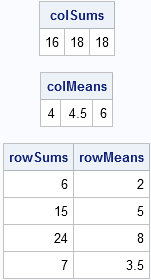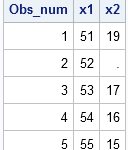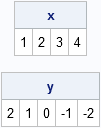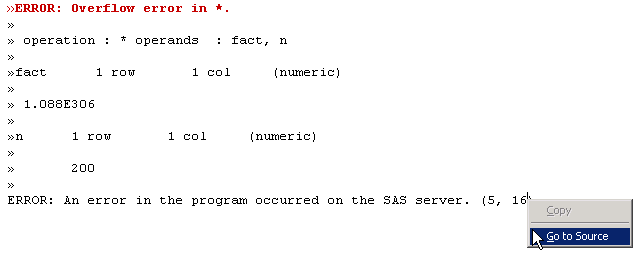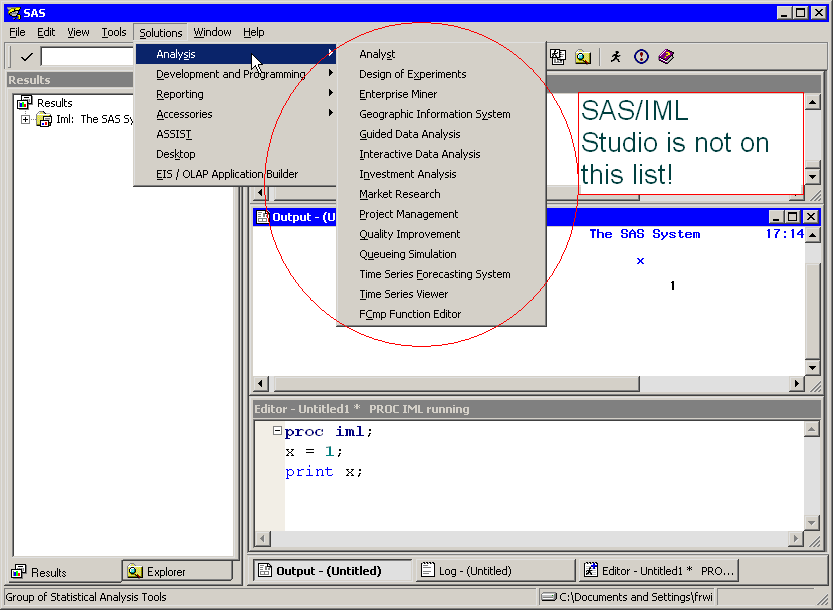
"Always clean up after yourself." My mother taught me this, and I apply it to SAS programming as regularly as I apply it at home. For SAS programming, I reinterpret Mom's saying as the following rule: Always delete temporary files and data sets when you are finished using them. How


